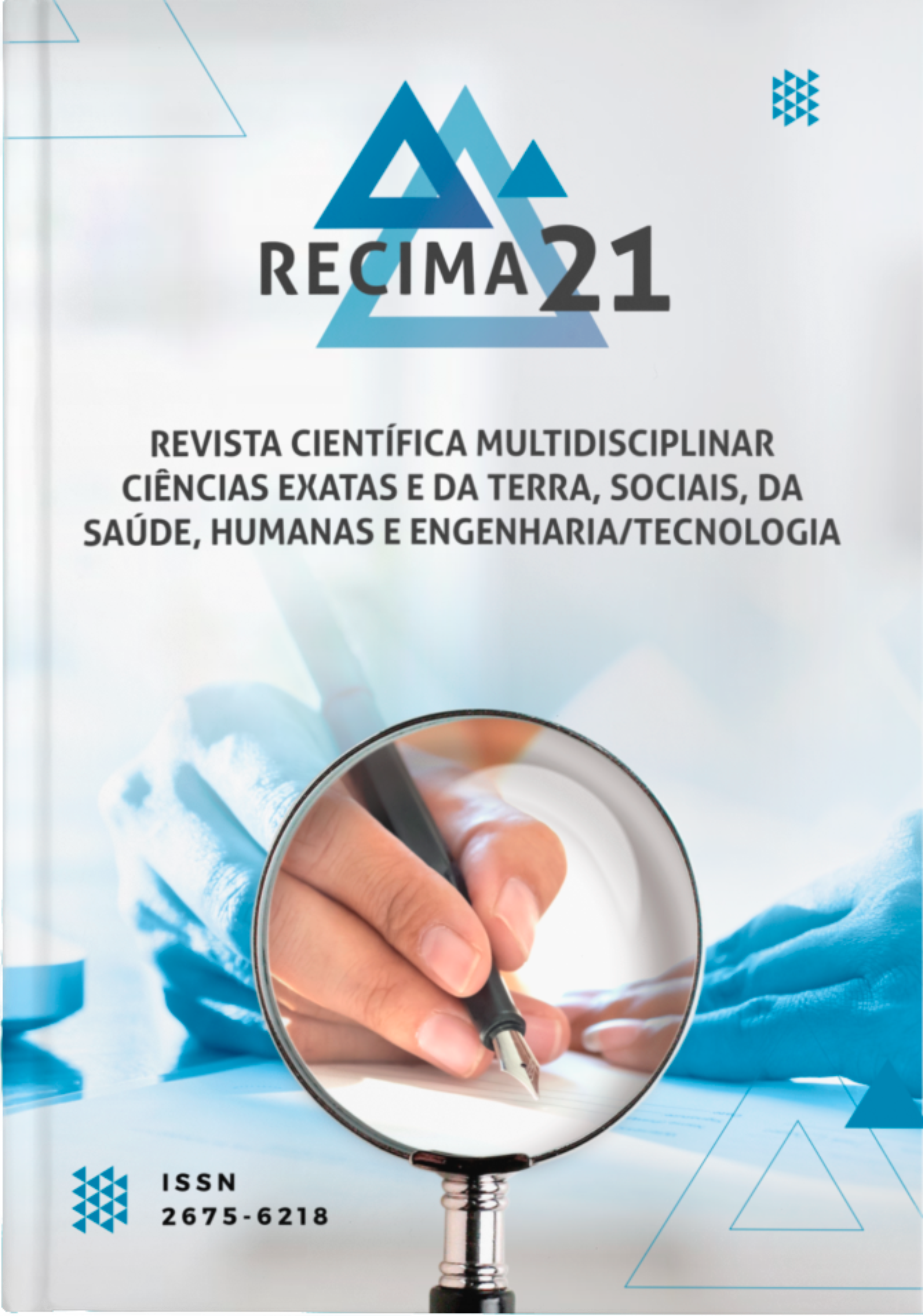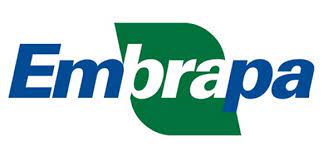SANTA FILOMENA – PIAUÍ, BRAZIL AND ITS EROSIVE VARIABILITY BY DIFFERENTIATED METHODS
DOI:
https://doi.org/10.47820/recima21.v2i8.642Keywords:
pluvial and erosive monitoring; climate variability; element impacts.Abstract
The objective is to analyze the variability of aridity indices and their climatic classifications with level of susceptibility; estimation of annual soil losses through the universal equation and erosivity factors and evaluating the impacts of the studied elements and their possible climate and erosive changes. To compute the erosivity factor, the equations proposed by Wischmeier et al. (1971) and Wischmeier and Smith (1958, 1978). In addition to carrying out the classification regarding the level of susceptibility to desertification with the help of the use of the Aridity Index. Areas identified as vulnerable to desertification, due to the lower aridity index, may not be located in the degraded area, and areas that present a higher aridity index and are not warned as vulnerability processes may be degraded to the point of being considered desertified areas. This variability can occur due to inadequate use of the soil and the environment. The period from 1960 to 2017 was studied in order to determine with greater certainty the data on the levels of susceptibility and climate classifications with greater precision to determine the existence or not of areas with desertification. In this sense, the greater the precipitation, the greater the aridity index, and in the face of desertification, the lesser the susceptibility. The aridity index calculated in the water balance shows wide interannual and intermunicipal spatial oscillation, however the aridity indices are above the values established for desertification.
Downloads
References
ALVARES, C. A.; STAPE, J. L.; SENTELHAS, P. C.; GONÇALVES, J. L. M.; SPAROVEK, G. Köppen's climate classification map for Brazil. Meteorologische Zeitschrift, v. 22, p. 711–728. 2014.
ALVES, E. D. L. Frequência e probabilidade de chuvas no município de Iporá - GO. Caminhos Geogr., v. 12, n. 37, p. 65–72, 2011.
BARBOSA, G. S.; IOST, C.; SCHIESSL, M. A.; MACIEL, G. F. Estimativa da erosividade da chuva (R) na Bacia Hidrográfica do rio Manoel Alves Grande localizado no cerrado Tocantinense. In.: Congresso Brasileiro de Meteorologia, Belém, 2010.
BERTONI, J.; LOMBARDI NETO, F. Conservação do solo. 2. ed. São Paulo: Ícone, 2012. 355p
CAVALCANTI, E. P.; SILVA, E. D. V. Estimativa da temperatura do ar em função das coordenadas locais. In.: Anais... Congresso Brasileiro de Meteorologia, 8, 1994. Belo Horizonte, Belo Horizonte: SBMET, v. 1, p. 154-157, 1994.
CAVALCANTI, E. P.; SILVA, V. P. R.; SOUSA, F. A. S. Programa computacional para a estimativa da temperatura do ar para a região Nordeste do Brasil. Revista Brasileira de Engenharia Agrícola e Ambiental, v. 10, n. 1, p. 140-147, 2006.
FAO. Foad and agriculture organization of the United Nations. La erosion del suelo por el água: Algumas medidas para em las tierras de cultivo. Roma: Organization de Las Nacioes Unidas, 1967. p. 207.
IPCC. Intergovernmental Panel on Climate Change. 2014: Impacts, Adaptation, and Vulnerability. Part B: Regional Aspects. Working Group II Contribution to the Fifth Assessment Report of the Intergovernmental Panel on Climate Change. Disponível: GS. JaureguI, E. Heat Island Development in Mexico City. Atmospheric Environment, v. 31, n. 22, p.3821–3831, nov. 1997.
IPCC. Intergovernmental Panel on Climate Change. Climate Change 2007: Working Group I: The Physical Science Basis (Summary for Policymakers). Cambridge. 2007.
KÖPPEN, W. Grundriss der Klimakunde: Outline of climate science. Berlin: Walter de Gruyter., 1931. p. 388.
KÖPPEN, W.; GEIGER, R. Klimate der Erde. Gotha: Verlag Justus Perthes. Wall-map 150 x 200cm. 1928.
MARENGO, J. A. Climatology of the low-level Jet East of the Andes as Derived from NCEPNCAR Reanalyses: Characteristics and Temporal Variability. Journal of Climate, v. 17, n. 12, p. 2261-2280, 2004.
MEDEIROS, R. M. Elaboração de programa computacional em planilhas eletrônicas do Balanço hídrico. [S. l: S. n.], 2016a
Downloads
Published
How to Cite
Issue
Section
Categories
License
Copyright (c) 2021 RECIMA21 - Revista Científica Multidisciplinar - ISSN 2675-6218

This work is licensed under a Creative Commons Attribution 4.0 International License.
Os direitos autorais dos artigos/resenhas/TCCs publicados pertecem à revista RECIMA21, e seguem o padrão Creative Commons (CC BY 4.0), permitindo a cópia ou reprodução, desde que cite a fonte e respeite os direitos dos autores e contenham menção aos mesmos nos créditos. Toda e qualquer obra publicada na revista, seu conteúdo é de responsabilidade dos autores, cabendo a RECIMA21 apenas ser o veículo de divulgação, seguindo os padrões nacionais e internacionais de publicação.

 Clique para ver detalhes
Clique para ver detalhes 











